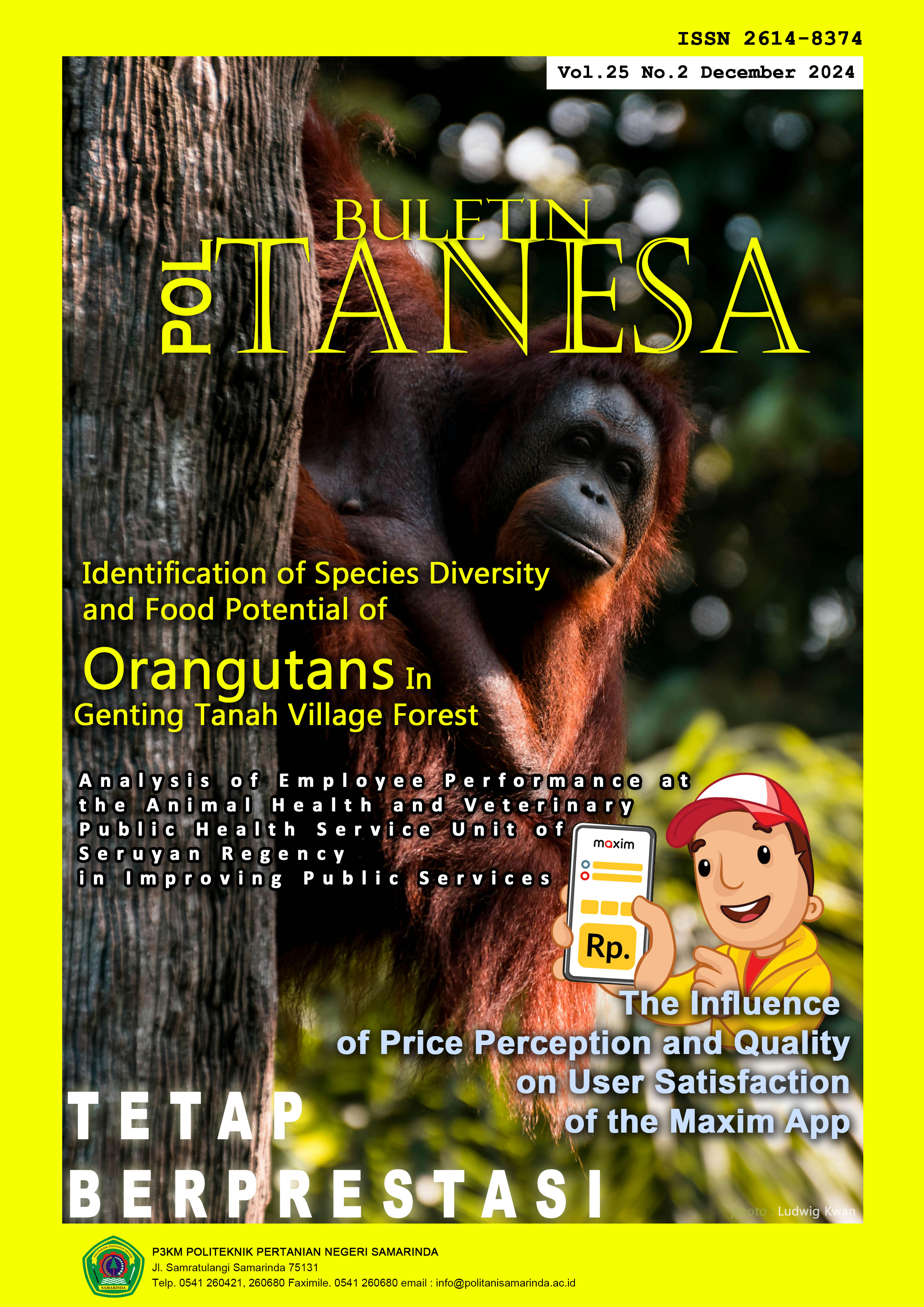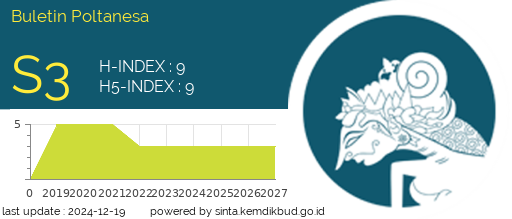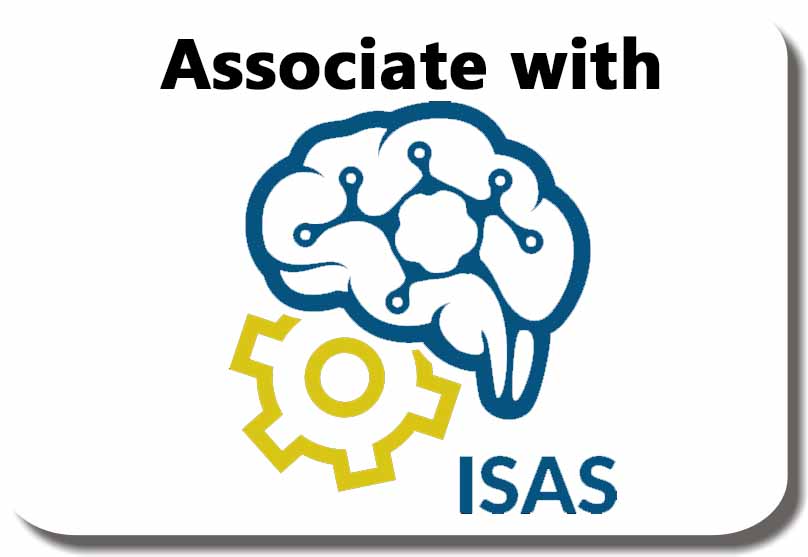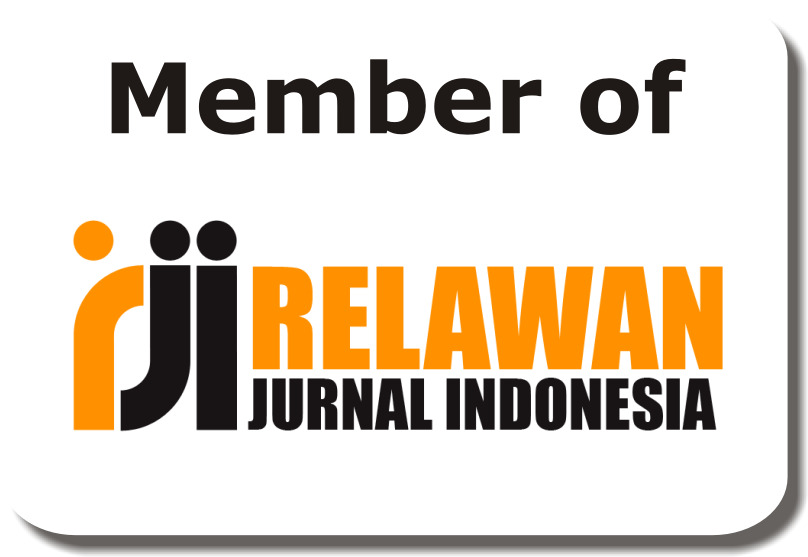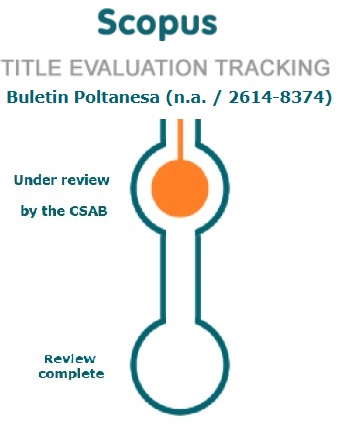The Influence of Attractiveness, E-Wom, and Social Factors on Interest in Visiting Tugu Khatulistiwa, Pontianak City
DOI:
https://doi.org/10.51967/tanesa.v25i2.3203Keywords:
attractiveness, E-Wom, Social Factors, Visitor Interest, TourismAbstract
This study discusses the influence of attractiveness, Electronic Word of Mouth (E-WOM) and social factors on the interest in visiting Tugu Khatulistiwa of Pontianak City in the tourism sector. This research is focused on the people of Pontianak City who have an interest in visiting Tugu Khatulistiwa. In this research, the type and data to be used is quantitative research with a survey method approach to achieve research objectives, namely identifying the role of e-wom appeal and social factors on visiting interest at the Tugu Khatulistiwa, Pontianak City. Using purposive sampling method involving 150 respondents. Hypothesis testing of this study was carried out with Structural Equation Modeling (SEM-PLS) with the Warp-PLS version 8.0 analysis tool. The results of this study reveal the important role of Attractiveness, E-WOM and Social Factors in influencing tourist interest in visiting a tourist destination. From the calculation of the coefficient value and significance value, there is a positive influence between Attractiveness and E-Wom on the interest in visiting the Pontianak Tugu Khatulistiwa, while the coefficient value and significance value of Social Factors do not have a positive influence on the interest in visiting the Pontianak Tugu Khatulistiwa. These findings provide valuable insights for the tourism industry in developing more effective and attractive marketing strategies. The practical implications of this research can help related parties in increasing attractiveness, promotion and factors that can shape a person's interest in visiting Tugu Khatulistiwa
References
Abidah, N. N., Fitri, A., & Triyono, D. (2024). Pengaruh Electronic Word of Mouth Terhadap Minat dan Keputusan Masyarakat Untuk Travelling (Studi Pada Wisatawan yang Berkunjung ke Daerah Istimewa Yogyakarta). 1(2), 3032–7253.
Adinda, S., & Pangestuti, E. (2019). Sakinah Adinda.pdf. In Jurnal Administrasi Bisnis (Vol. 72). http://administrasibisnis.studentjournal.ub.ac.id/index.php/jab/article/view/2852
Antin Rakhmawati, Muhammad Nizar, & Kholid Murtadlo. (2019). Pengaruh Electronic Word Of Mouth (E-WWOM) dan Viral Marketing Terhadap Minat Berkunjung dan Keputusan Berkunjung. Sketsa Bisnis, 6(1), 13–21. https://doi.org/10.35891/jsb.v6i1.1584
Ariffin, M., & Pratiwi, W. (2024). the Influence of Social Media Marketing and Attractiveness on Interest in Visiting the Kampong Melayu Tourism Village (Bml) Pontianak City. Jurnal AGRISEP: Kajian Masalah Sosial Ekonomi Pertanian Dan Agribisnis, 23(1), 181–196. https://doi.org/10.31186/jagrisep.23.01.181-196
Goyette I., Ricard, L., J., B., & F., M. (2010). e‐WOM Scale: word‐of‐mouth measurement scale for e‐services context. Canadian Journal of Administrative Sciences/Revue Canadienne Des Sciences de l’Administration, 27(1), 5–23.
Hair, J. F., Hult, G. T. M., Ringle, C. M., Sarstedt, M., Danks, N. P., & Ray, S. (2021). Partial Least Squares Structural Equation Modeling (PLS-SEM) Using R. Springer International Publishing. https://doi.org/10.1007/978-3-030-80519-7
Hellen , Susanto, P. (2024). Pengaruh Daya Tarik Wisata Terhadap Minat Berkunjung Kembali Wisatawan Di Kawasan Perkampungan Budaya Betawi Setu Babakan. Pendidikan Sejarah Dan Riset Sosial Humaniora, 7, 912–929. https://doi.org/https://doi.org/10.31539/kaganga.v7i2.10561
Karagöz, D., Aktaş, S. G., & Kantar, Y. M. (2022). Spatial analysis of the relationship between tourist attractions and tourist flows in Turkey. European Journal of Tourism Research, 31(2022), 1–19. https://doi.org/10.54055/ejtr.v31i.2745
Kotler, P. and A. G. (2017). Principles of Marketing. In Early Greek Mythography, Vol. 1: Texts. https://doi.org/10.1093/oseo/instance.00295839
Ningrum, S., Monoarfa, M. A. S., & Juanna, A. (2023). Pengaruh Digital Marketing dan Daya Tarik Wisata terhadap Minat Berkunjung Di Pantai Botutonuo. Jambura, 6(1), 225–241. http://ejurnal.ung.ac.id/index.php/JIMB
nuraeni, bellinda sofia. (2014). Analisis Faktor Faktor Yang Mempengaruhi Minat Kunjungan Ulang Wisatawan Semarang. Jurnal Bisnis Strategi, 23(1), 1–20. https://ejournal.undip.ac.id/index.php/jbs/article/view/14113
Pebrianti, W., Arweni, A., & Awal, M. (2020). Digital Marketing, e-WOM, Brand Awareness Dan Keputusan Pembelian Kopi Milenial. Jurnal Ilmu Ekonomi & Sosial, 11(1), 48–56. https://doi.org/10.35724/jies.v11i1.2848
Pratama, A. (2021). DAYA TARIK WISATA, PROMOSI ONLINE, DAN TRANSPORTASI TERHADAP KEPUTUSAN BERKUNJUNG WISATAWAN. Jurnal Entrepreneur Dan Manajemen Sains (JEMS), 2(2), 273–292.
Rahmat, A., Komariah, K., & Setiawan, W. (2019). Komunikasi dan dukungan sosial di lingkungan masyarakat terdampak pembangunan Waduk Jatigede Sumedang. Jurnal Kajian Komunikasi, 7(1), 110. https://doi.org/10.24198/jkk.v7i1.21096
Reswari, R. A., Ariffin, M., Prasetyo, P. F., Jesajas, T. G. J., & Pratiwi, W. (2024). Efektivitas E-WOM dalam Memprediksi Minat Berkunjung ke Kota Pontianak. Jurnal Borneo Akcaya, 9(2), 112–122. https://doi.org/10.51266/borneoakcaya.v9i2.298
Ruhamak, M. D., & Rahayu, B. (2017). Pengaruh Word Of Mouth Terhadap Purchase Intention Melalui Brand Image Pada Lembaga Kursus Bahasa Inggris Dynamic English Course Pare. Ekonika : Jurnal Ekonomi Universitas Kadiri, 1(2), 188–204. https://doi.org/10.30737/ekonika.v1i2.14
Samodra, S. K., & Madura, U. T. (2024). the Effect of Social Support on Tourism Awareness in People Living Around Bangkalan Regency Tourist. 17–24.
Santoso, D. T. T., & Purwanti, E. (2013). Pengaruh Faktor Budaya, Faktor Sosial, Faktor Pribadi, Dan Faktor Psikologis Terhadap Keputusan Pembelian Konsumen Dalam Memilih Produk Operator Seluler Indosat-M3 Di Kecamatan Pringapus Kab. Semarang. 6(12), 112–129.
Supriyatin, R., Pravitasari, A. E., & Pribadi, D. O. (2020). Pemetaan Karakteristik Wilayah Urban Dan Rural Di Wilayah Bandung Raya Dengan Metode Spatial Clustering. Jurnal Geografi, 12(02), 125. https://doi.org/10.24114/jg.v12i02.17647
Susianto, B., Johannes, J., & Yacob, S. (2022). Pengaruh Daya Tarik Wisata dan Amenitas Terhadap Keputusan Berkunjung Wisatawan pada Desa Wisata Kabupaten Kerinci. Jurnal Ilmu Manajemen Terapan, 3(6), 592–605. https://www.dinastirev.org/JIMT/article/view/1094%0Ahttps://www.dinastirev.org/JIMT/article/download/1094/658
Utama, I. P. H. B., & Giantari, I. G. A. K. (2020). PERAN CITRA DESTINASI MEMEDIASI PENGARUH E-WOM TERHADAP NIAT BERKUNJUNG KEMBALI WISATAWAN (Studi Pada Obyek Wisata Taman Edelweis Bali). E-Jurnal Manajemen Universitas Udayana, 9(4), 1230. https://doi.org/10.24843/ejmunud.2020.v09.i04.p01
Wiramartha, A., & Dewi, N. P. M. (2020). Pengaruh Jumlah Pondok Wisata, Restoran dan Bar terhadap Penyerapan Tenaga Kerja Sektor Pariwisata. E-Jurnal Ekonomi Pembangunan Universitas Udayana., 9(1), 1–30.
Yan Mao, Junxuan Zhu, & Yang Sang. (2014). Consumer Purchase Intention Research Based on Social Media Marketing. International Journal of Business and Social Science, 5(10), 92–97. www.ijbssnet.com
Yandi, A., Mahaputra, M. R., & Mahaputra, M. R. (2023). Faktor-Faktor Yang Mempengarui Minat Kunjungan Wisatawan (Literature Review). Jurnal Kewirausahaan Dan Multi Talenta, 1(1), 14–27. https://doi.org/10.38035/jkmt.v1i1.8
Zehir, C., Şahin, A., Kitapçi, H., & Özçahin, M. (2011). The effects of brand communication and service quality in building brand loyalty through brand trust; the empirical research on global brands. Procedia - Social and Behavioral Sciences, 24, 1218–1231. https://doi.org/10.1016/j.sbspro.2011.09.142
Downloads
Published
How to Cite
Issue
Section
License
Copyright (c) 2024 Buletin Poltanesa

This work is licensed under a Creative Commons Attribution-ShareAlike 4.0 International License.
The copyright of this article is transferred to Buletin Poltanesa and Politeknik Pertanian Negeri Samarinda, when the article is accepted for publication. the authors transfer all and all rights into and to paper including but not limited to all copyrights in the Buletin Poltanesa. The author represents and warrants that the original is the original and that he/she is the author of this paper unless the material is clearly identified as the original source, with notification of the permission of the copyright owner if necessary.
A Copyright permission is obtained for material published elsewhere and who require permission for this reproduction. Furthermore, I / We hereby transfer the unlimited publication rights of the above paper to Poltanesa. Copyright transfer includes exclusive rights to reproduce and distribute articles, including reprints, translations, photographic reproductions, microforms, electronic forms (offline, online), or other similar reproductions.
The author's mark is appropriate for and accepts responsibility for releasing this material on behalf of any and all coauthor. This Agreement shall be signed by at least one author who has obtained the consent of the co-author (s) if applicable. After the submission of this agreement is signed by the author concerned, the amendment of the author or in the order of the author listed shall not be accepted.

